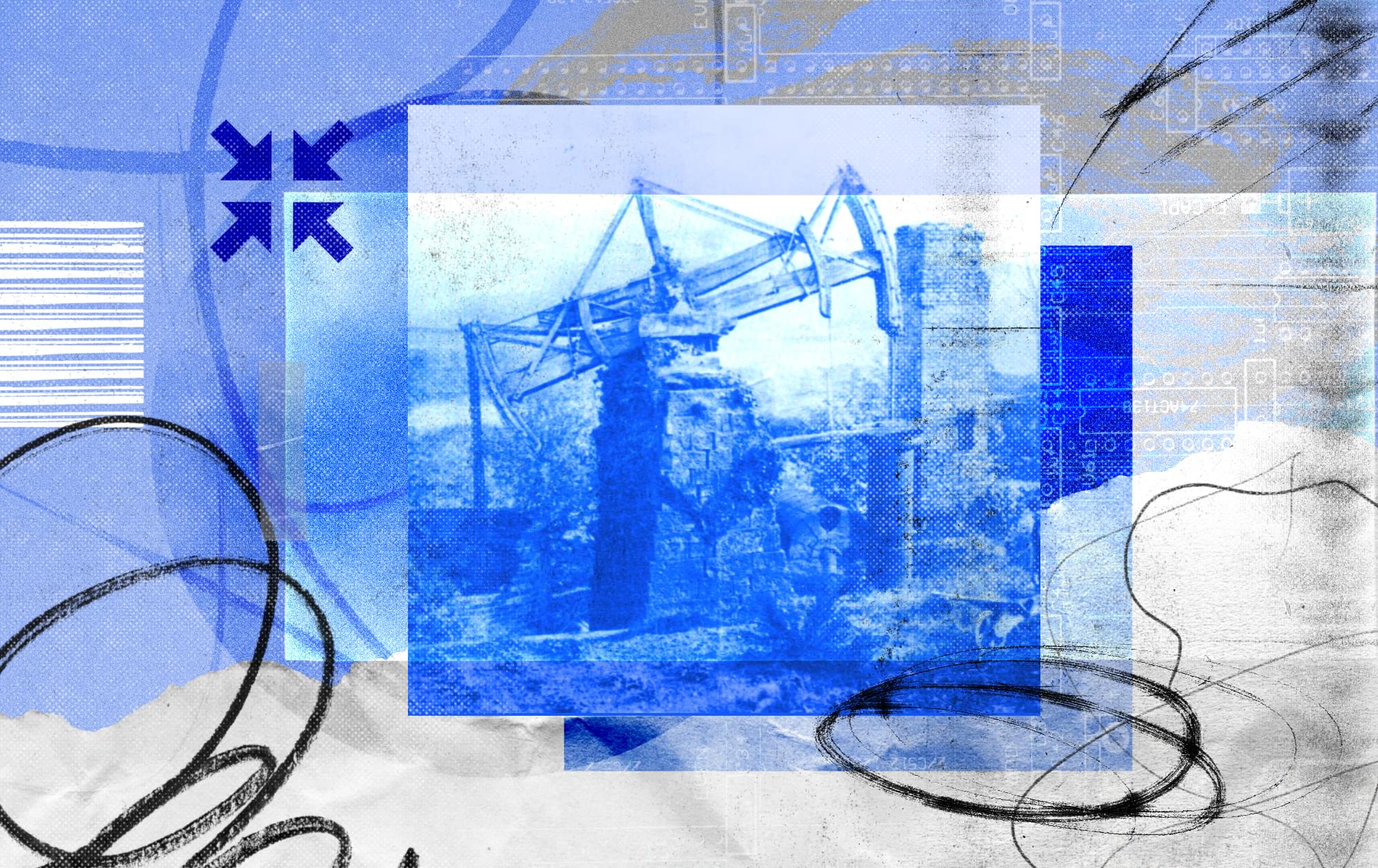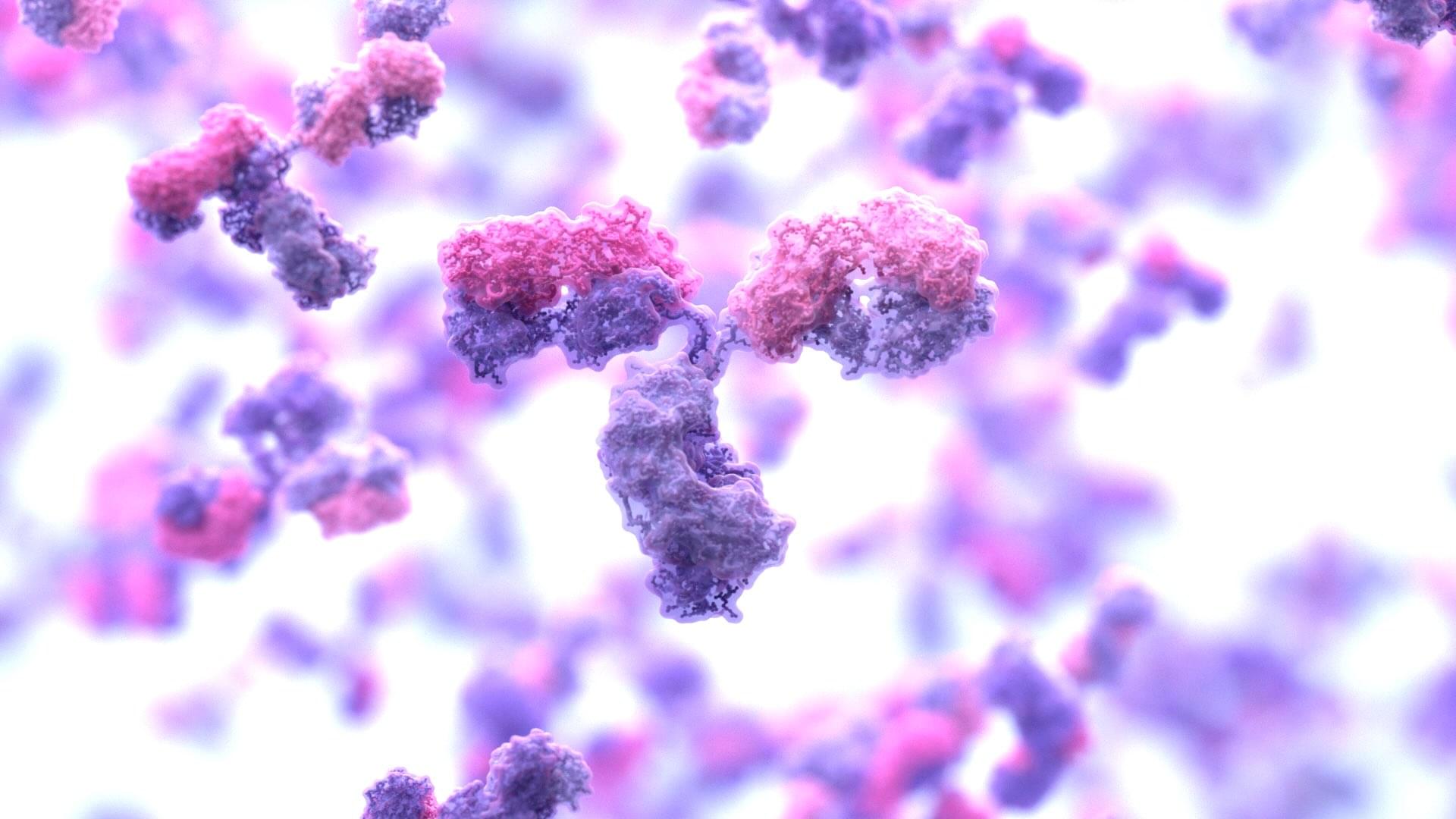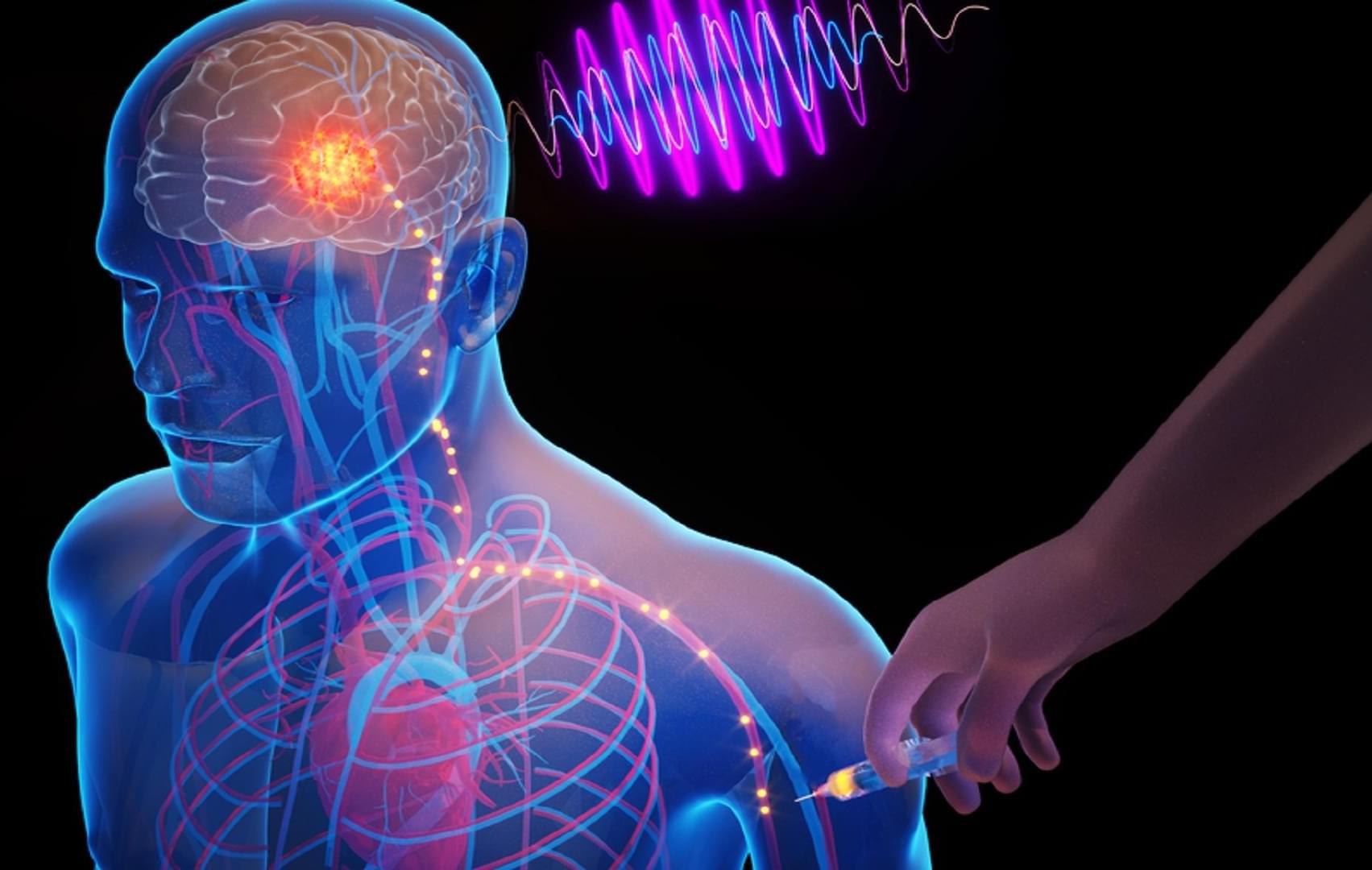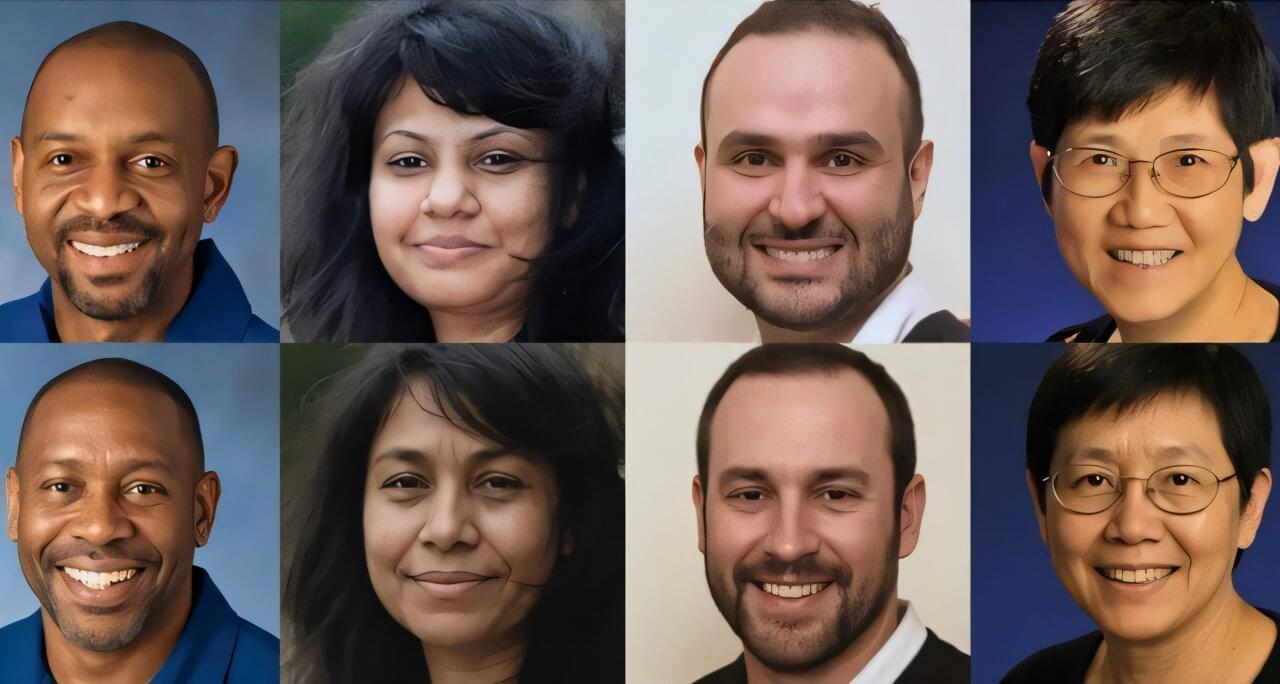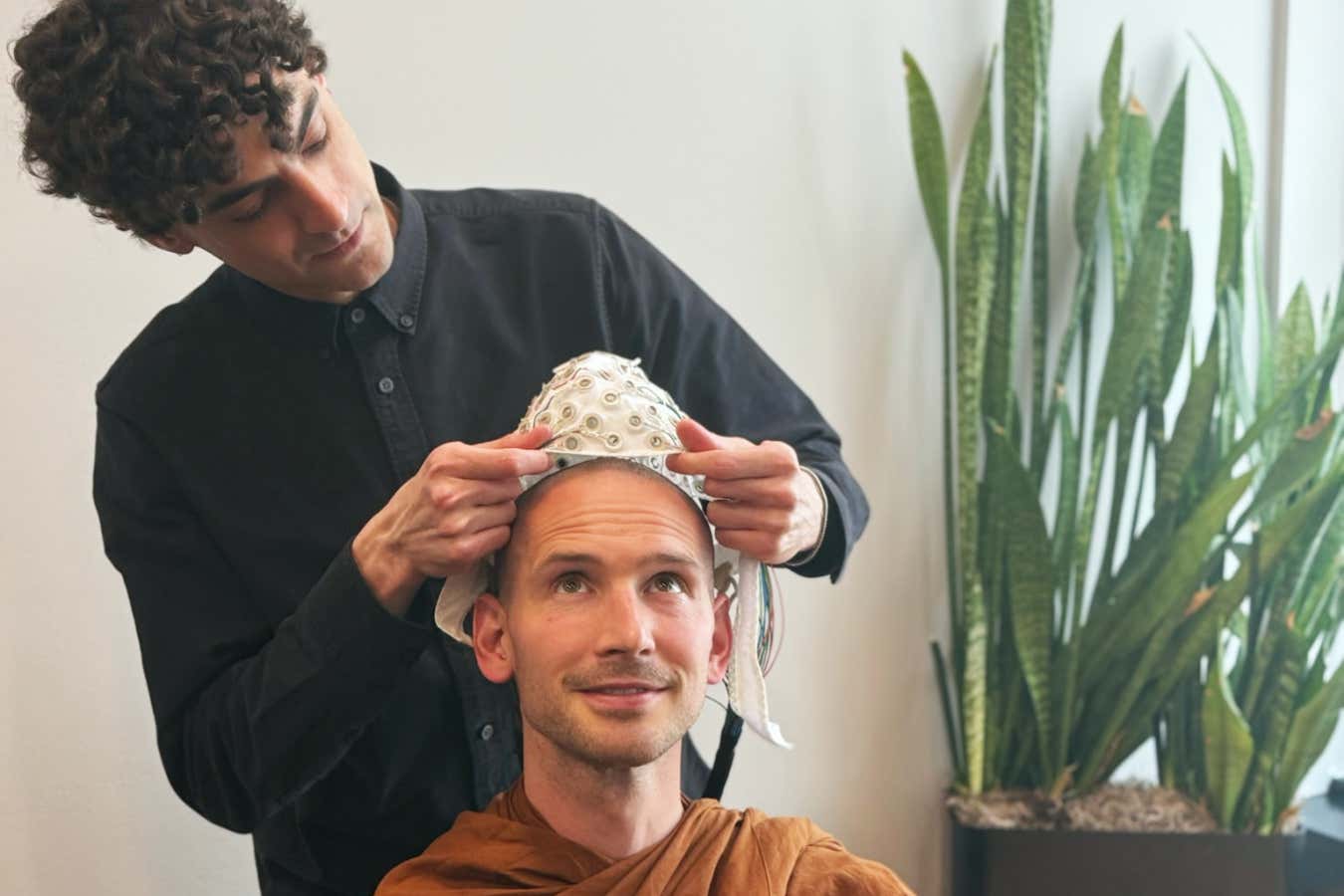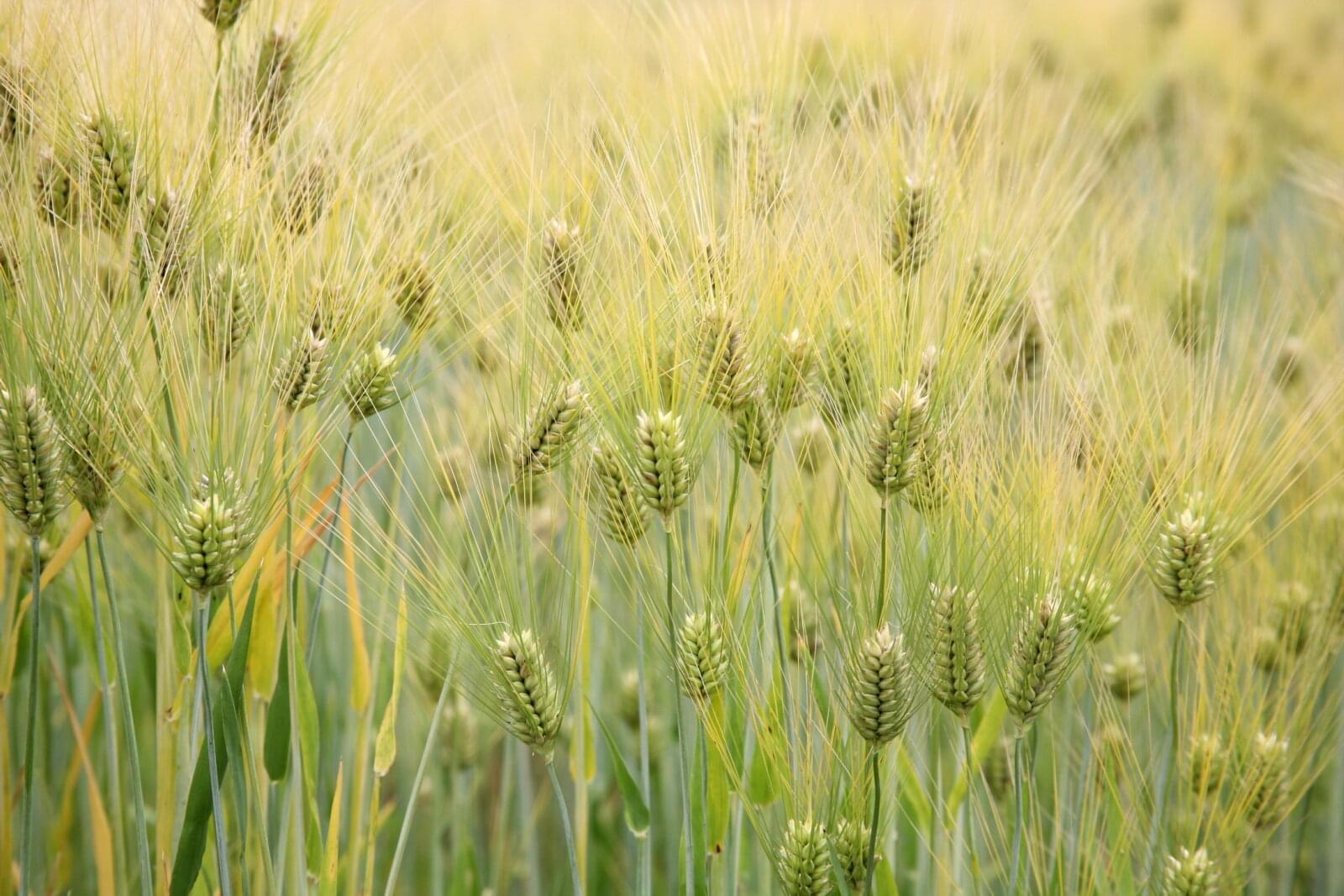The innovation is claimed to be ideal for cold-climate electronics, wearable devices, and grid storage.
Researchers have demonstrated that aqueous zinc-ion batteries can offer long-term cycling stability and higher energy density with a new method.
Researchers from The Hong Kong Polytechnic University and Shenzhen University used a different type of cathode that delivers exceptional performance in aqueous zinc-ion batteries across a wide temperature range.
They developed a novel K⁺ and C3N4 co-intercalated NH4V4O10 (KNVO-C3N4) cathode to use in aqueous zinc-ion batteries.

